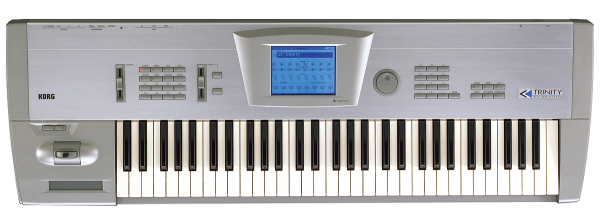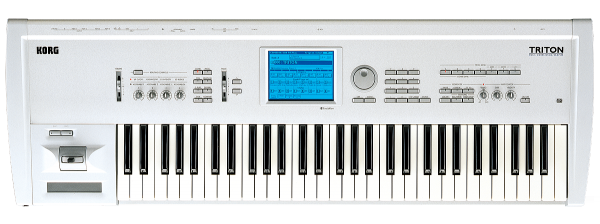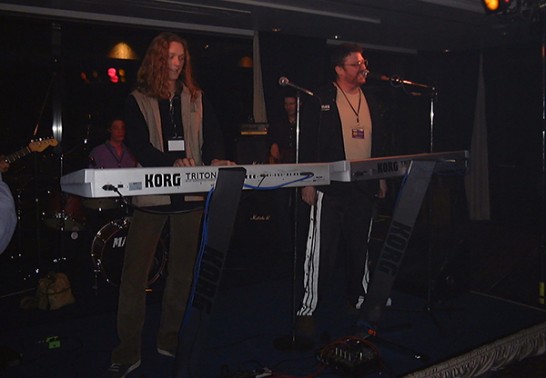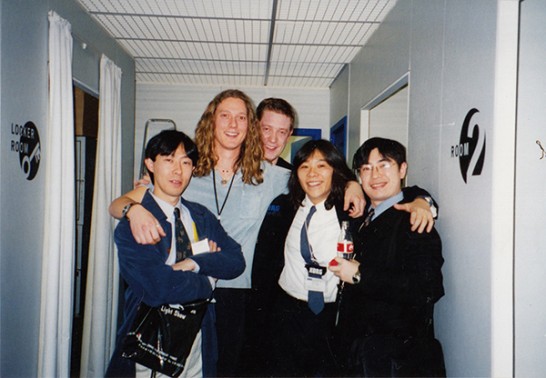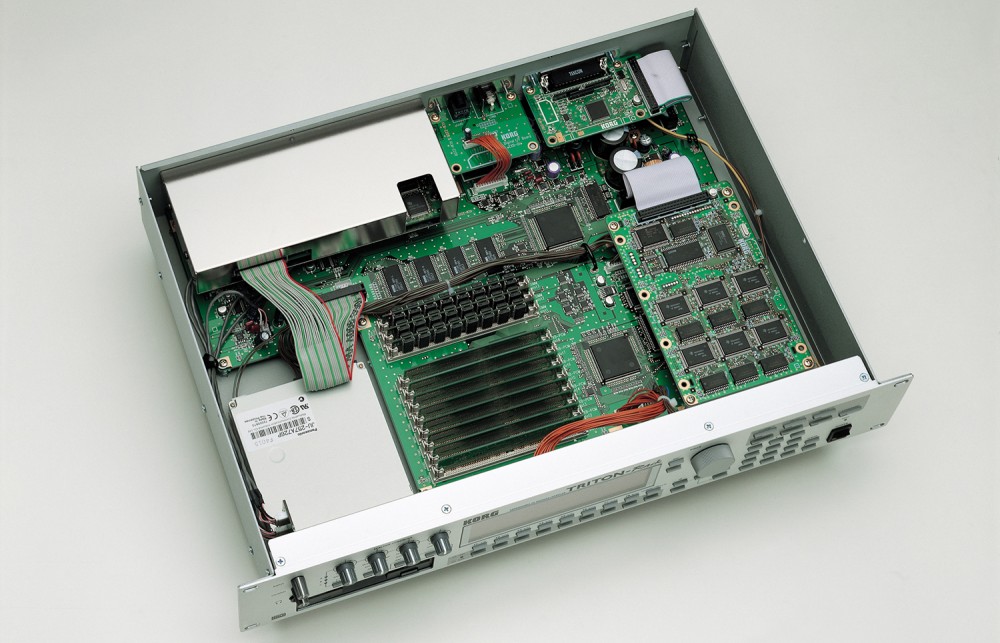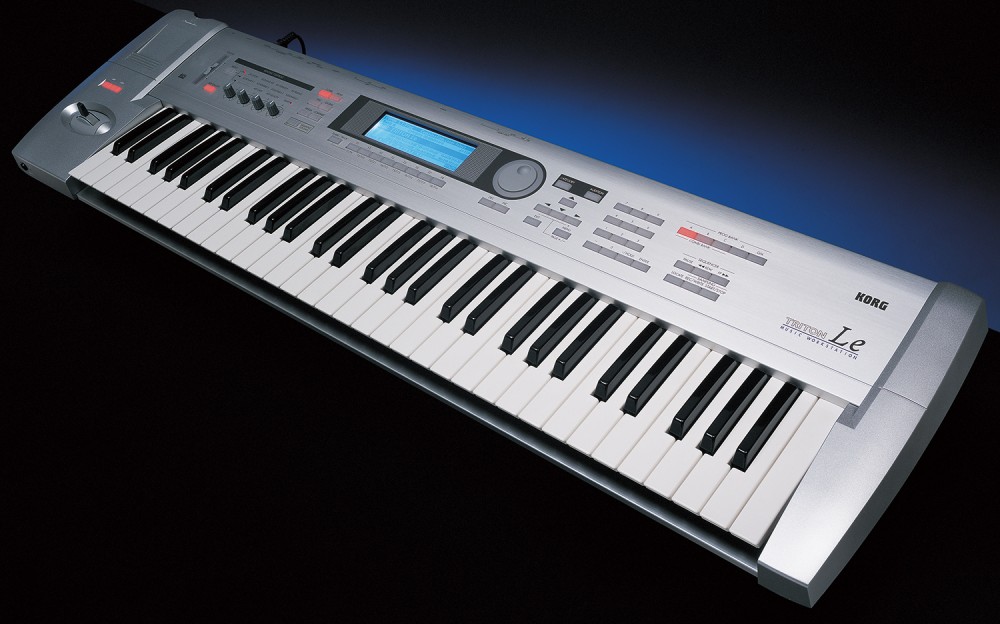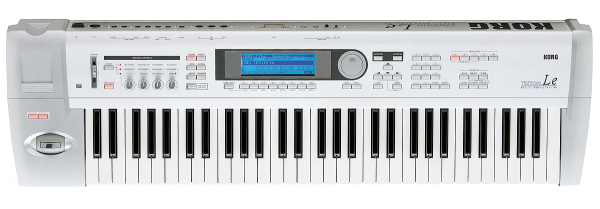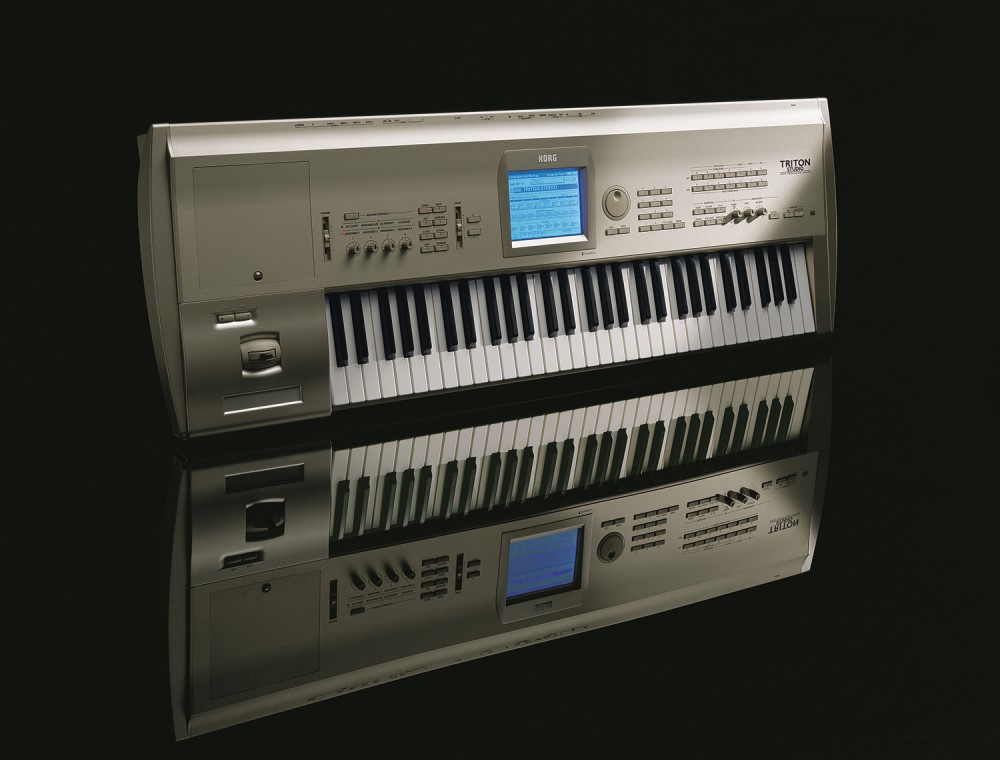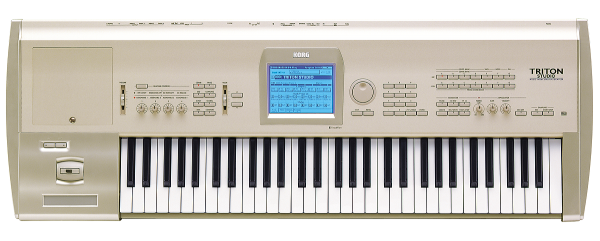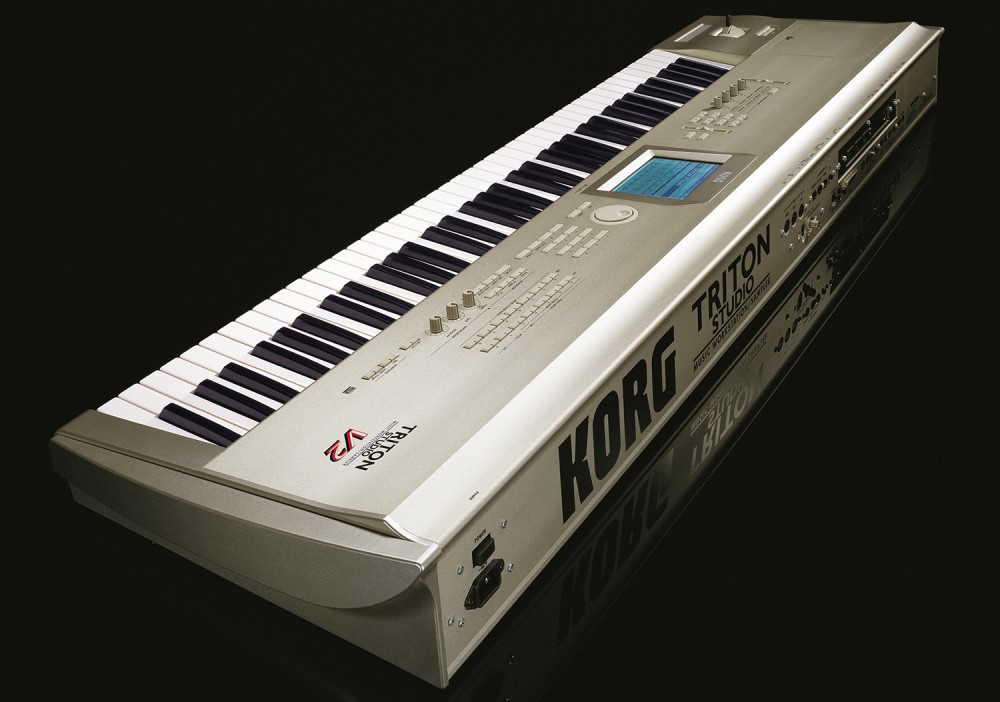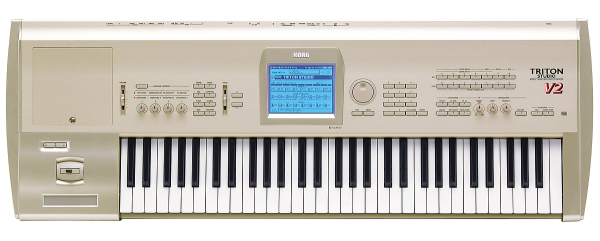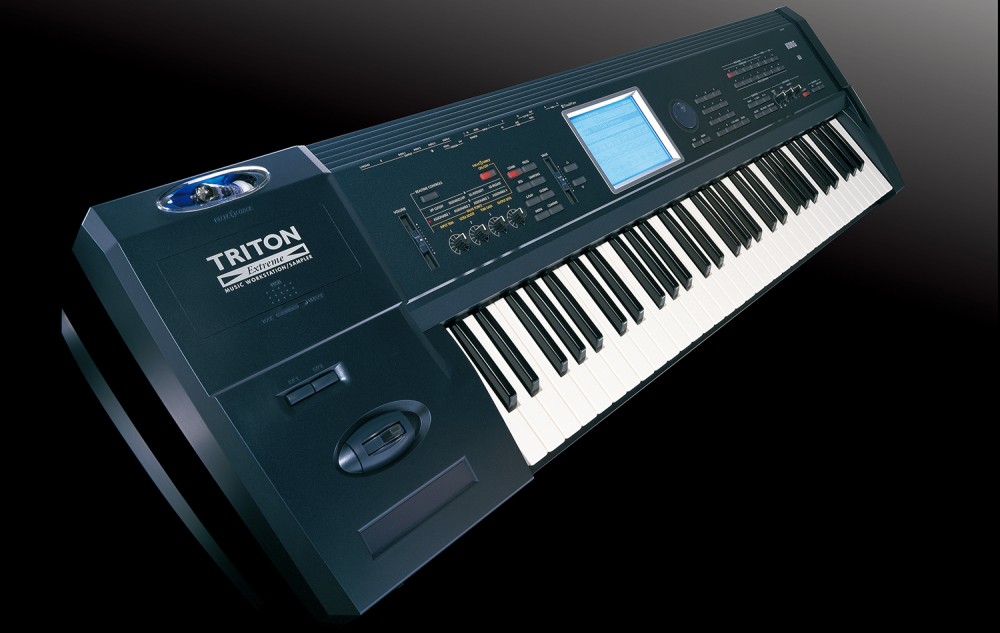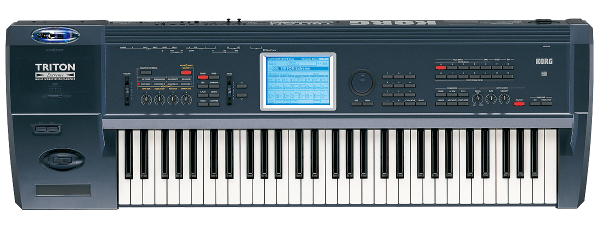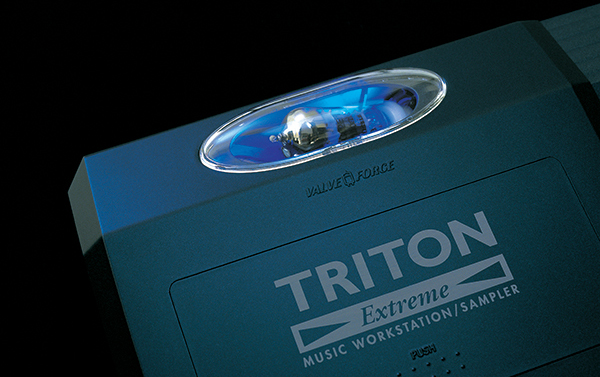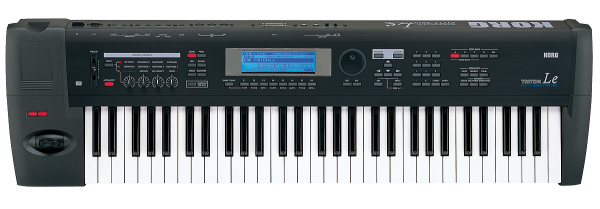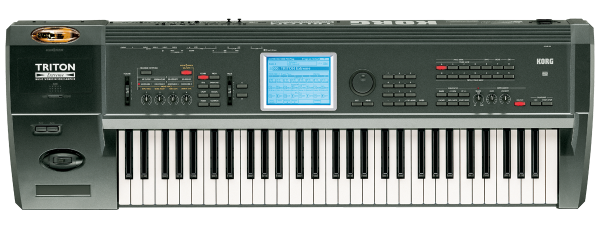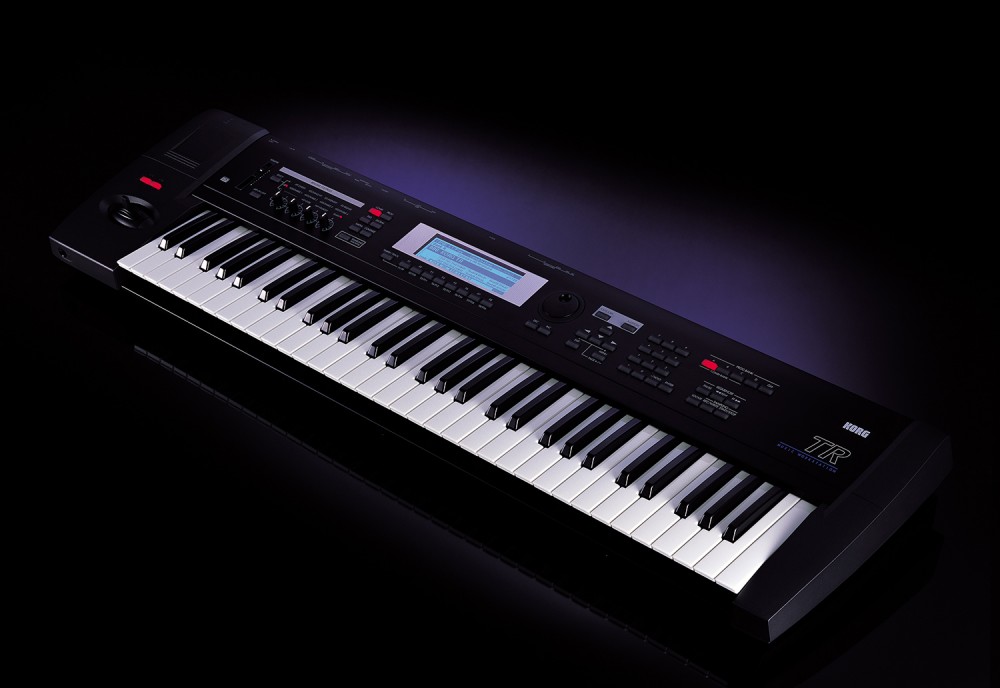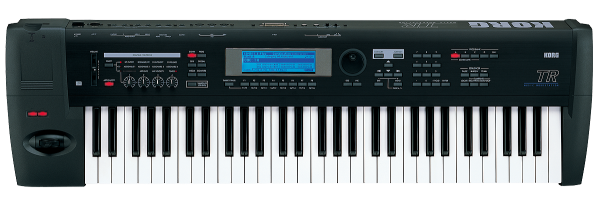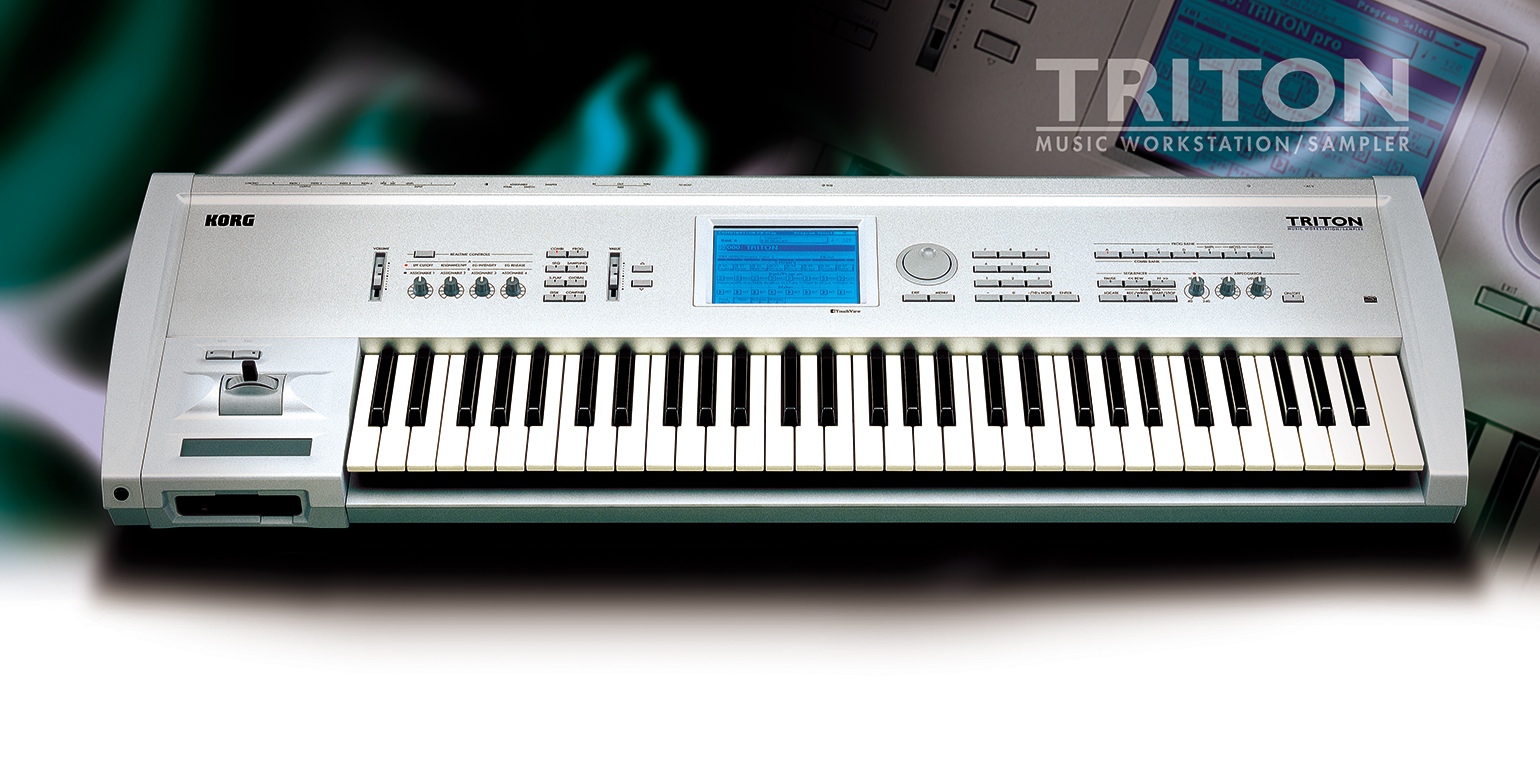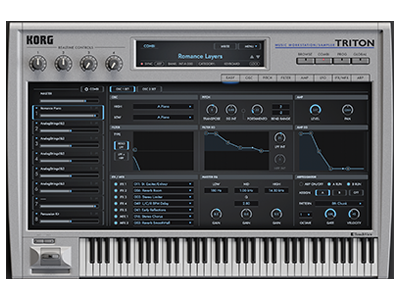The TRITON Story
How was the TRITON born, and how did it become such a high-performance machine? We briefly look back at that history with comments from engineers of the time.
Everything started from this one machine

The predecessor of the TRITON was the TRINITY, a workstation released in 1995. It had astoundingly high sound sound quality for the 1990s, and its revolutionary use of a touchscreen interface as well as the various functional enhancements possible through the option board (hard-disk recording, playback sampling, and the MOSS tone generator, among others) earned it high praise from top artists around the world.
Unfortunately, the sound quality and abundance of features on the TRINITY led to an unaffordably high price tag. To address this, the first generation of TRITON was developed with the goal of delivering a successor to the TRINITY that would have a lower price while still being comparable.
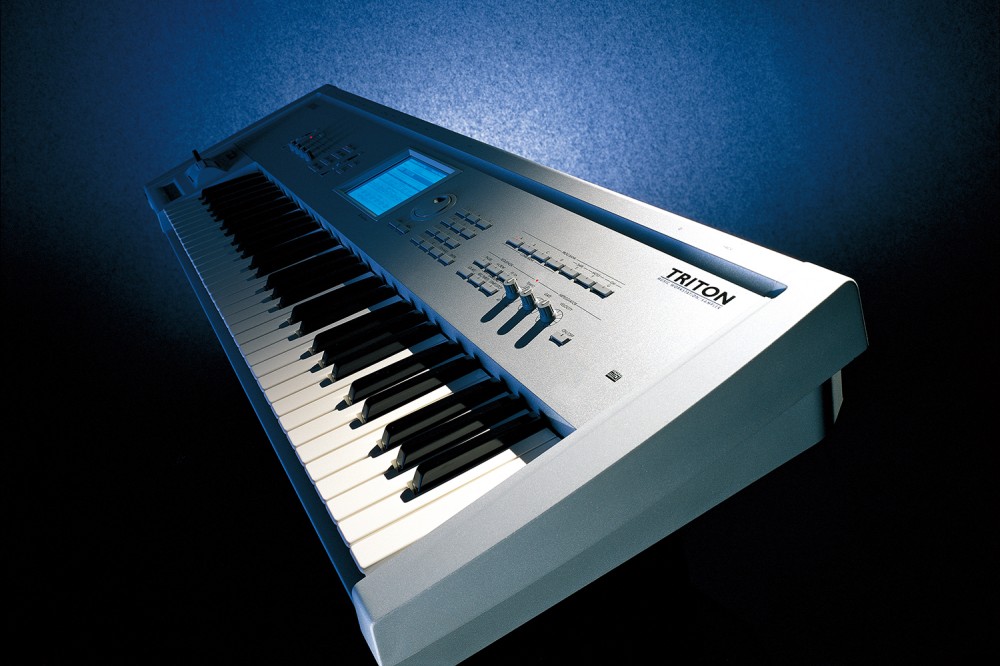
The first generation TRITON was released in 1999. The newly developed sound engine was name the Hyper Integrated synthesis system, or HI for short. In addition to the 62 voice polyphony, almost double that of TRINITY, the optional MOSS tone generator board could add six voices of polyphony from various DSP algorithms. This combination allowed for incredibly diverse sound design. The signal routing in TRITON was also a step up from the TRINITY, offering five insert effects, two master effects, and a master EQ that could be flexibly routed between.
The newly developed sampling mode was a major advantage of the TRITON, making it a perfect fit for dance music that relies heavily on phrase sampling and other techniques. Later OS upgrades brought even more advanced functionality like the time-slice function, which divided samples sounds into individual samples using transient detection, and time stretching, which allowed users to change the length of a sample without changing its pitch. Through these updates, the TRITON evolved to support even more flexible music-making.
Another noteworthy feature of the TRITON is the arpeggiator, which evolved from a conventional arpeggiator that could only play broken chords to a dual polyphonic arpeggiator capable of playing a wide variety of phrases. Using the arpeggiator, players could find inspiration in a different approach than their usual playing. The dedicated drum mode developed to play drum patterns via the arpeggiator vastly improved the ability of the TRITON to act as a rhythm section. This was useful not just for production, but for live performances as well. These features are now considered standard among music workstations, but they started with the TRITON.
The addition of these drum arpeggiators also came with a major expansion of the TRITON’s built-in drum sound samples. Many new, trendy drum kits were added, and the TRITON was updated with bass, synthesizer, and string samples suitable for club music, which was becoming mainstream at the time.
The first presentation of the TRITON at musikmesse
(Adam Wakeman and Steve McNally)
The members at the heart of the TRITON’s development
Differentiating itself from the high-quality sound of the TRINITY, which extended beautifully into the high registers, the TRITON’s merit was full, deep sound in the low-middle and low registers. This was partly thanks to the characteristics of the D/A converter used within; the full sound not only won the hearts of hip-hop and R&B artists, but also led to enthusiastic support from musicians across all genres. The TRITON sound could be heard on every artist’s albums and in every venue.

